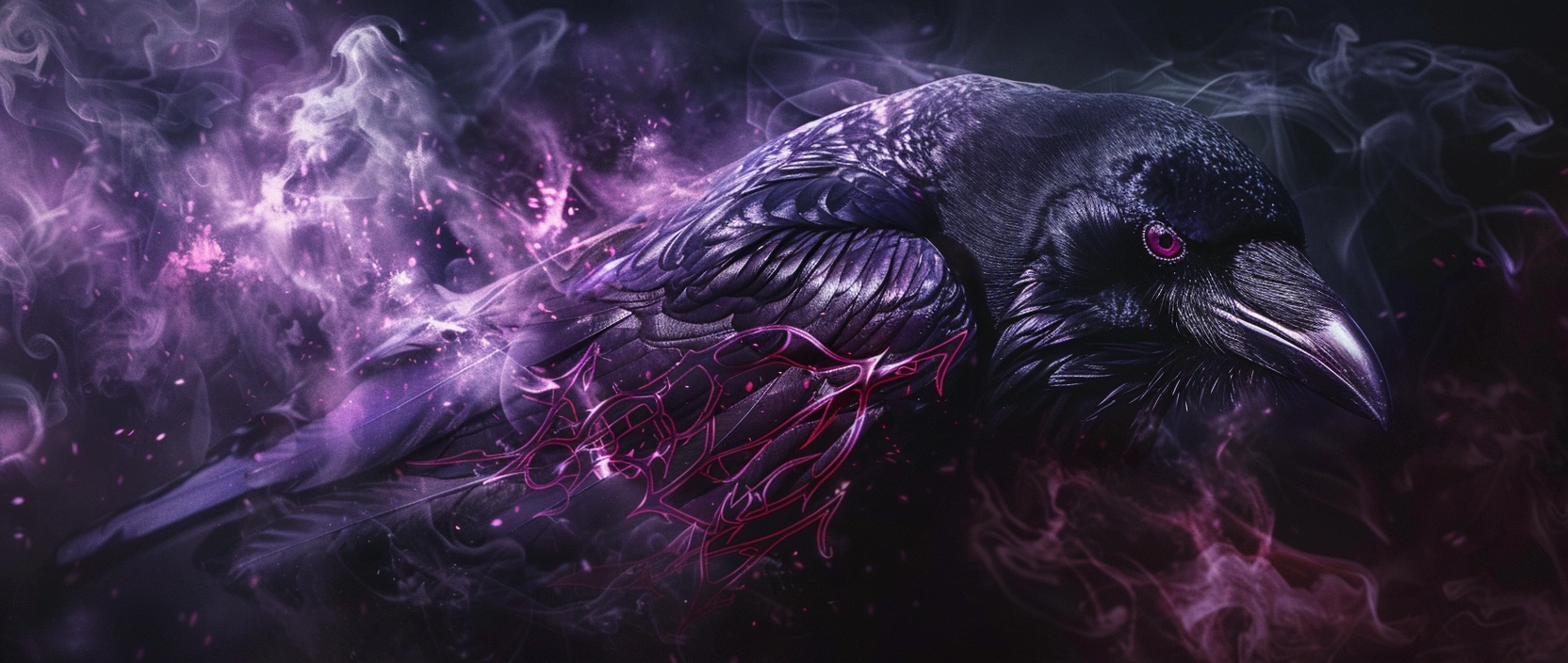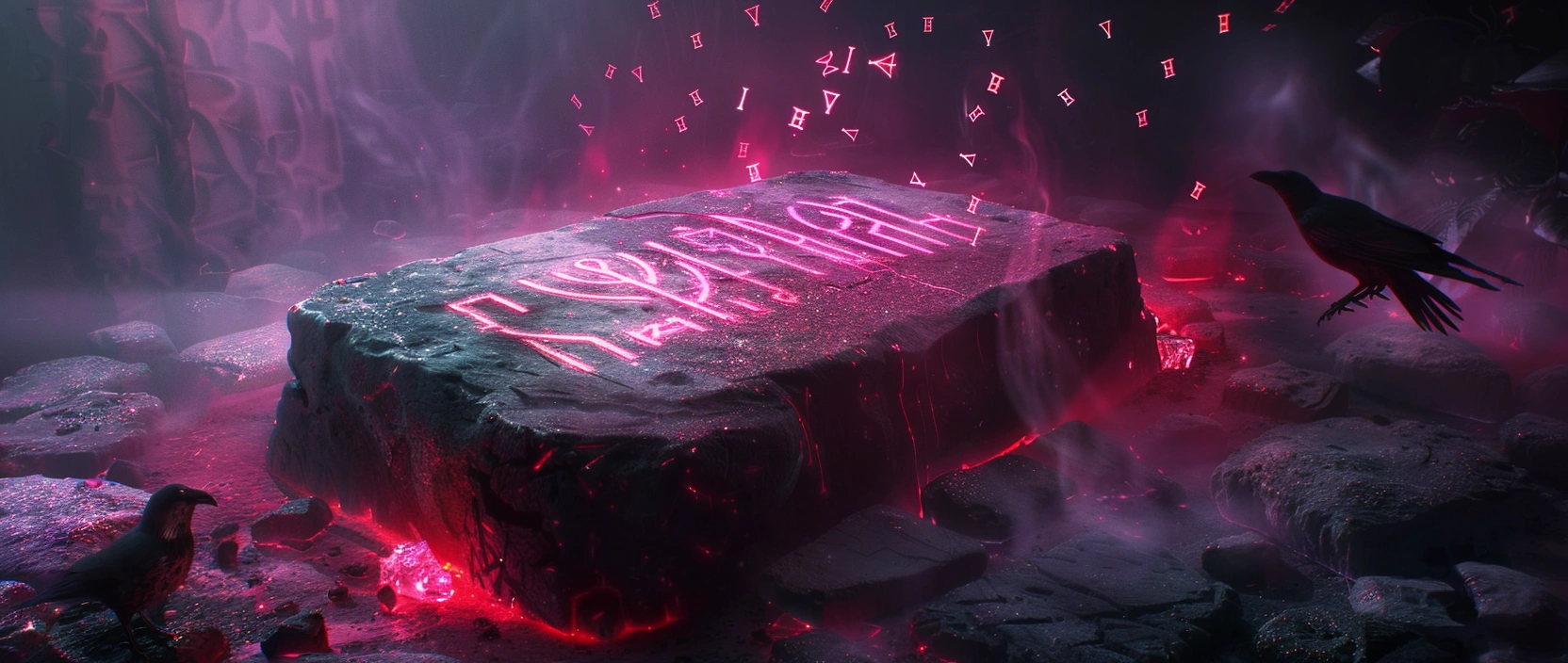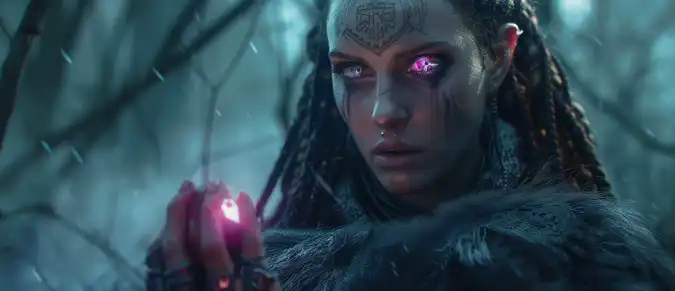Norse Runes: Daily Oracle is a Web3 game where digital economy intertwines with the cultural heritage of Northern Europe. Players draw a daily rune, interpret its meaning, progress through game systems, interact with other participants, and shape their individual path within the game world. The project combines ancient symbolism with modern engagement mechanics, creating an atmosphere where gameplay becomes not just entertainment, but a ritualistic act reflecting personal journey and inner growth. As a result, the game evokes emotional resonance rather than merely consumer curiosity. It gives users a sense of connection to ancient traditions and symbolic systems.
Contents
- Cultural and Mythological Foundation of Norse Runes: Daily Oracle
- Core Gameplay and the Daily Rune System
- Economic Model and In-Game Resources
- Social Structure, Clans, and Player Interaction
- Final Evaluation: Strengths and Limitations

1. Cultural and Mythological Foundation of Norse Runes: Daily Oracle
The game is based on the symbolism of the ancient Norse runic alphabet, historically viewed as a medium for communicating with higher powers and a tool for divination. In Northern cultures, runes were not simply used for writing — each symbol carried sacred meaning reflecting worldview, cosmology, relationships with nature and the gods. In the game’s universe, this cultural layer forms the foundation of its visual design, aesthetic atmosphere, and ritual actions.
The symbolism of the runes is not presented superficially — players are immersed in an environment where each rune can be interpreted personally. A rune can act as a sign, a warning, a guiding thought, or motivation. This creates an emotional link to gameplay and reinforces the sense of a “personal path.” Because of this, the game stands out among projects that rely solely on mechanics and ignore underlying meaning.
2. Core Gameplay and the Daily Rune System
The main gameplay loop revolves around the daily ritual of drawing a rune. This action encourages consistent returns to the game and sets a personal tone for each day. Different runes hold different levels of influence: they may grant bonuses, shape upcoming events, or act as narrative elements. The meaning of the rune is interpreted not only mechanically but also symbolically — players may perceive it as a metaphorical message. This makes the ritual meaningful rather than merely functional.
In addition, players take part in quests, seasonal challenges, and structured progression cycles. The more active a player is, the higher their status in the community’s social hierarchy. This creates a sense of movement — the game becomes a companion to everyday life rather than something demanding continuous time. Short session mechanics make the experience accessible and flexible, suitable both for quick daily interactions and deeper symbolic exploration. This balance enhances longevity and emotional value.
3. Economic Model and In-Game Resources
The game’s economy is built on rarity, consistency, and social value. The worth of a rune is determined not only by how often it appears, but also by its influence on gameplay, status, and player interaction. Unlike projects where value is driven solely by market speculation, here context matters — a rune becomes part of the player’s narrative and ritual involvement. This makes the economy feel natural and integrated into the emotional core of the experience.
Core Economic Elements:
- Runes of varying rarity — shape prestige and development strategy;
- Daily actions — maintain momentum and return engagement;
- Trade and exchange — create a social economy within the community;
- Clan bonuses — encourage cooperation and shared progression.
The model is designed for long-term engagement: a player’s value grows through participation rather than one-time investment. This avoids dependence on speculative “profit expectations” typical in Play-to-Earn systems. The game remains accessible to newcomers and resistant to short-term market fluctuations, making the internal economy supportive rather than extractive.

4. Social Structure, Clans, and Player Interaction
Community is central to the gameplay. Players do more than exchange items — they form clans, establish symbolic rituals, and participate in seasonal competitions. This structure deepens emotional involvement because progress becomes a shared journey. The sense of belonging reinforces motivation and identity within the game world.
Player interaction exists in several forms, each carrying functional and symbolic meaning. The system rewards active social participation, turning relationships into an important in-game resource alongside runes and progression.
| Interaction Element | Description | Impact on Gameplay |
|---|---|---|
| Clans | Groups of players forming symbolic social units | Grants access to exclusive events and status-based advantages |
| Rune Exchange | Trading, gifting, symbolic swapping | Builds trust, diplomacy, and social bonds |
| Competitions | Seasonal challenges and ranking systems | Encourages activity and ambition |
Social bonds become not an optional layer, but a core part of progression. This sustains the game’s vitality even during fluctuations in player activity. Clan-based structures foster long-term commitment, making the community itself a living ecosystem that supports the project’s continuity.
5. Final Evaluation: Strengths and Limitations
The project demonstrates how cultural context can enhance emotional engagement and meaning in gameplay. It merges ritual, community, and symbolic interaction into a unified system. The more consistently a player interacts with the rune cycle, the deeper the personal connection to the game experience becomes.
Strengths:
- Atmospheric mythology and deep symbolic immersion;
- Low entry threshold via Telegram bot format;
- Stable engagement loop through daily rituals;
- Social dynamics increase retention and emotional involvement.
Limitations:
- Requires continuous content expansion;
- Community activity plays a crucial role in game vitality;
- Competes within the broader Web3 Play-to-Earn landscape.
Norse Runes: Daily Oracle illustrates that gameplay can be meaningful rather than purely mechanical. The project unites mythology, social interaction, and Web3, forming an emotionally rich and sustainable ecosystem. If development continues to expand ritual, social, and visual depth, the game has strong potential for lasting relevance in the Web3 space.




